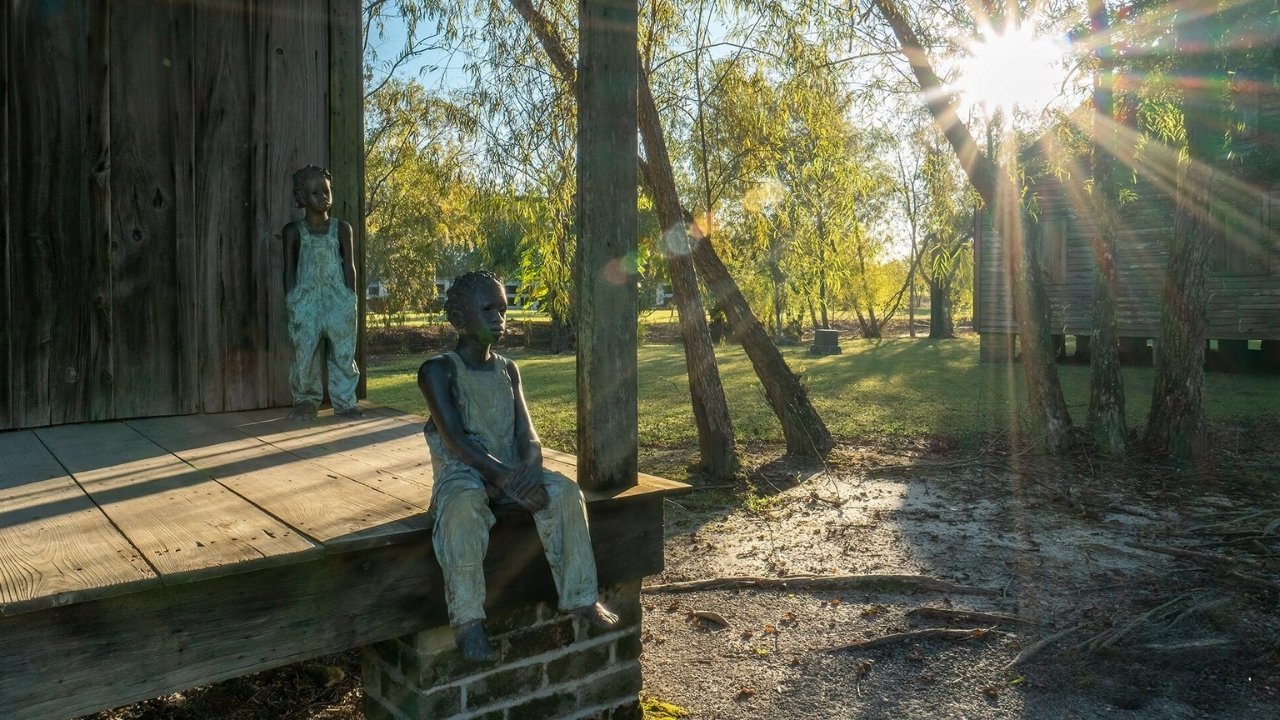Unveil History At Whitney Plantation’s Slavery Museum

Have you ever wondered what life was like for enslaved people in the United States? Whitney Plantation's Slavery Museum offers a unique and powerful glimpse into this dark chapter of American history. Located in Louisiana, this museum stands out because it focuses solely on the lives of the enslaved rather than the plantation owners. Visitors can walk through original slave cabins, see haunting memorials, and read first-person narratives that bring history to life. The museum also features art installations and exhibits that highlight the resilience and humanity of those who endured slavery. A visit here is not just educational; it's a deeply moving experience that stays with you long after you leave.
Discover the Heart of Whitney Plantation
Whitney Plantation, located in Louisiana, offers a profound glimpse into the lives of enslaved people. This museum stands as a testament to their resilience and struggles. Here are some must-see spots within the plantation.
The Big House
The Big House, or the main house, is a grand structure that contrasts sharply with the lives of those who worked the land. It provides insight into the stark differences between the enslaved and the enslavers.
- The Parlor: This room showcases the opulence enjoyed by the plantation owners, with luxurious furniture and decor.
- The Dining Room: A space where lavish meals were served, highlighting the disparity in living conditions.
- The Bedrooms: These rooms offer a glimpse into the personal lives of the plantation owners, complete with period furnishings.
The Antioch Baptist Church
This church, relocated to Whitney Plantation, serves as a symbol of hope and community for the enslaved people who sought solace and strength in their faith.
- The Pews: Simple wooden benches where the congregation gathered for worship and community meetings.
- The Altar: A focal point for prayer and reflection, representing the spiritual resilience of the enslaved community.
- The Bell Tower: Once used to call people to worship, it now stands as a reminder of the enduring spirit of the enslaved.
The Slave Cabins
These humble structures housed the enslaved people who worked tirelessly on the plantation. They offer a stark contrast to the grandeur of the Big House.
- The Kitchen Cabin: A small, cramped space where meals were prepared under harsh conditions.
- The Living Quarters: Basic and sparse, these rooms housed entire families in minimal comfort.
- The Garden: A small plot where enslaved people grew their own food, showcasing their resourcefulness and resilience.
The Memorials
Whitney Plantation features several memorials dedicated to the memory of the enslaved individuals who lived and worked there. These memorials serve as powerful reminders of their struggles and sacrifices.
- The Wall of Honor: Engraved with the names of those who were enslaved on the plantation, this wall stands as a tribute to their lives.
- The Field of Angels: A poignant memorial dedicated to the memory of the enslaved children who died on the plantation.
- The Allées Gwendolyn Midlo Hall: Named after a historian who documented the lives of enslaved people, this memorial honors her work and the individuals she chronicled.
The Museum Exhibits
The museum at Whitney Plantation offers a wealth of information and artifacts that bring the history of slavery to life. These exhibits provide a deeper understanding of the experiences of the enslaved people.
- The Freedom Pavilion: An exhibit that explores the journey from slavery to freedom, highlighting key moments and figures in history.
- The Oral Histories: Recorded testimonies from descendants of enslaved people, offering personal insights into their ancestors' lives.
- The Artifacts: A collection of objects used by the enslaved people, providing a tangible connection to their daily lives.
Reflecting on Whitney Plantation's Impact
Whitney Plantation's Slavery Museum offers a powerful glimpse into America's past. Walking through the grounds, visitors can see the harsh realities faced by enslaved people. The memorials and restored buildings tell stories that textbooks often overlook. This museum isn't just about history; it's about understanding the struggles and resilience of those who lived through slavery. By visiting, you gain a deeper appreciation for the progress made and the work still needed for equality. Whitney Plantation stands as a reminder of the importance of remembering and learning from history. It's a place where the past speaks loudly, urging us to build a better future. If you're ever in Louisiana, make sure to visit this impactful site. It’s an experience that stays with you long after you leave.

